|
Here are all the paintings of GIORDANO, Luca 01
| ID |
Painting |
Oil Pantings, Sorted from A to Z |
Painting Description |
| 6875 |
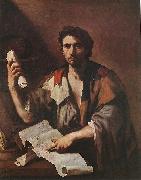 |
A Cynical Philospher dfg |
Oil on canvas, 131 x 103 cm
Alte Pinakothek, Munich |
| 6872 |
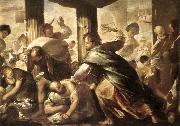 |
Christ Cleansing the Temple dh |
Oil on canvas
Bob Jones University Collection, Greenville |
| 6874 |
 |
Crucifixion of St. Peter fh |
c. 1660
Oil on canvas, 196 x 258 cm
Gallerie dell'Accademia, Venice |
| 95348 |
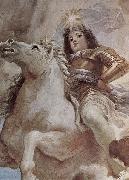 |
Fresken in der Galerie des Palazzo Medici-Riccardi in Florenz, Szene: Triumph der Medici in den Wolken des Olymp, Detail |
Date 1684-1686
Medium fresco
TTD |
| 6878 |
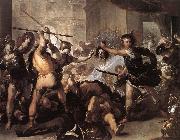 |
Perseus Fighting Phineus and his Companions dfhj |
c. 1670
Oil on canvas, 285 x 366 cm
National Gallery, London |
| 6879 |
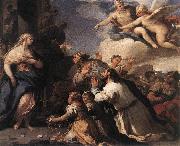 |
Psyche Honoured by the People fj |
1692-1702
Oil on copper, 57,5 x 68,9 cm
Royal Collection, Windsor |
| 6881 |
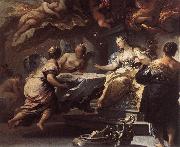 |
Psyche Served by Invisible Spirits fhh |
1692-1702
Oil on copper, 57,8 x 68,9 cm
Royal Collection, Windsor |
| 6880 |
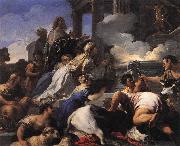 |
Psyche's Parents Offering Sacrifice to Apollo dfj |
1692-1702
Oil on copper, 56,2 x 69,2 cm
Royal Collection, Windsor |
| 6883 |
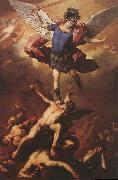 |
The Fall of the Rebel Angels dg |
1666
Oil on canvas, 419 x 283 cm
Kunsthistorisches Museum, Vienna |
| 6877 |
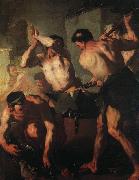 |
The Forge of Vulcan dhjh |
Oil on canvas
The Hermitage, St. Petersburg |
| 6873 |
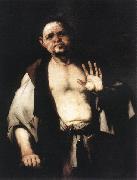 |
The Philosopher Cratetes kj |
c. 1650
Oil on canvas, 113 x 90 cm
Galleria Nazionale d'Arte Antica, Rome |
| 6884 |
 |
Triumph of Judith dfh |
1703-04
Fresco
Certosa di San Martino, Naples |
| 6882 |
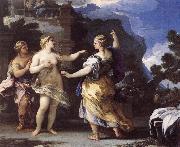 |
Venus Punishing Psyche with a Task dfh |
1692-1702
Oil on copper, 58,1 x 68,9 cm
Royal Collection, Windsor |
|
|
| GIORDANO, Luca
|
| Italian Baroque Era Painter, ca.1634-1705
,Italian painter and draughtsman, active also in Spain. He was one of the most celebrated artists of the Neapolitan Baroque, whose vast output included altarpieces, mythological paintings and many decorative fresco cycles in both palaces and churches. He moved away from the dark manner of early 17th-century Neapolitan art as practised by Caravaggio and his followers and Jusepe de Ribera, and, drawing on the ideas of many other artists, above all the 16th-century Venetians and Pietro da Cortona, he introduced a new sense of light and glowing colour, of movement and dramatic action.
|
|

